
Remind Me…

…why we aren't supposed to get into cars driven by strangers?
Shower Thoughts
Inside every 85 year old man is an 18 year old saying what the fuck just happened?
365 Days of UNF: Day 47 (NSFW)

An Interesting Dissertation
An interesting dissertation on how to best represent DUNE's Baron Harkonnen on screen in our post-modern society without resorting to the tropes for evil used in the 1960s when the novel was written…
And the comments that follow the article are for the most part—refreshingly—thoughtful. I could not help but draw parallels between the Baron's character and another sociopathic, malignant narcissist we're all having to deal with in there here and now.
Definitely worth a read if you're a fan of DUNE.
7 Painful Truths
I have to admit I agree with pretty much everything he says.
Tweet Of The Day
Sometimes you just have to wade back into the cesspool to find the gems.

Shower Thoughts
Every time a sock is lost in the dryer, it comes back as a Tupperware lid that doesn't match anything.
Friday


Shower Thoughts
One of the reasons we were happier as kids is because we lived in the present, not the past or future.
365 Days of UNF: Day 46

Quote Of The Day
 Trump is like your grandmother on QVC with a credit card."
Trump is like your grandmother on QVC with a credit card."
365 Days of UNF: Day 45



Vintage Audio Porn
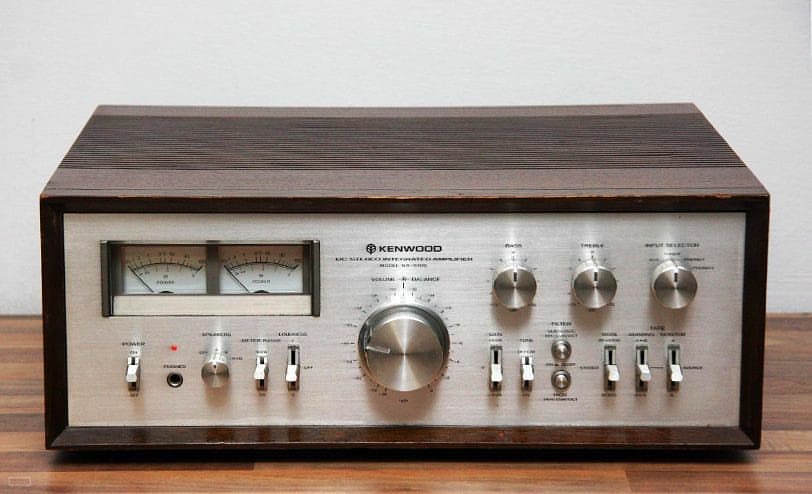
Grauitous Josh Dallas

Quote Of The Day

Shower Thoughts
Life is a jigsaw puzzle with half the pieces missing. As a child you begin solving it, as a teenager you look for the missing pieces. Being an adult is finally accepting that they don't exist.
365 Days of UNF: Day 44

365 Days of UNF: Day 43 (NSFW)

Gratuitous Michael Welch




Oh, I'm Sure They Can

Shower Thoughts
"?!" and "!?" have different implied meanings.
I'm Going To Hell
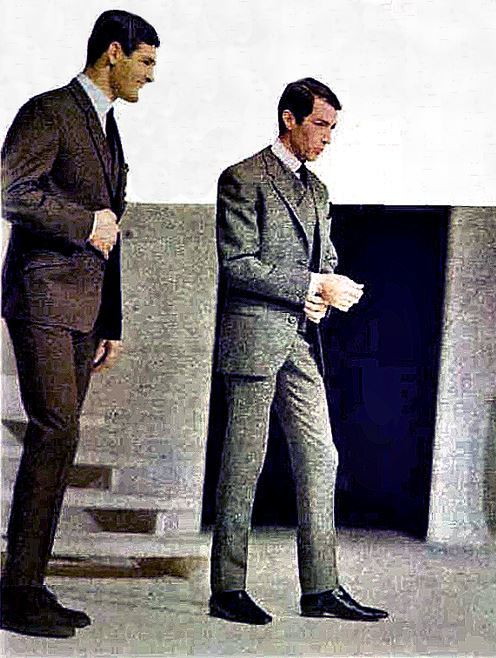
"Thanks, Joe. I really needed that. And, um…you've got a little spot there on your chin…"
Baby I'm Burnin'
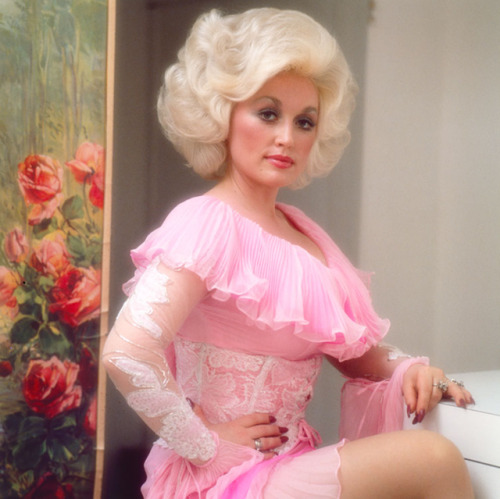
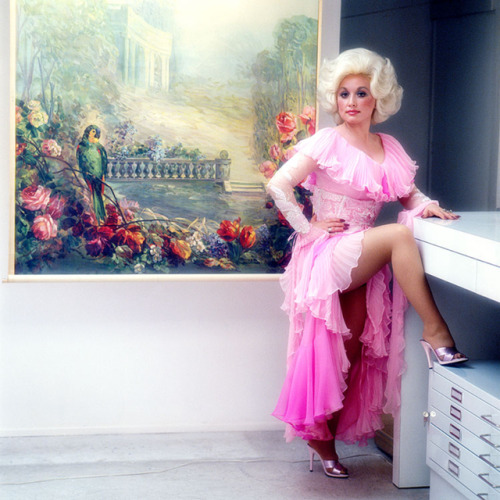
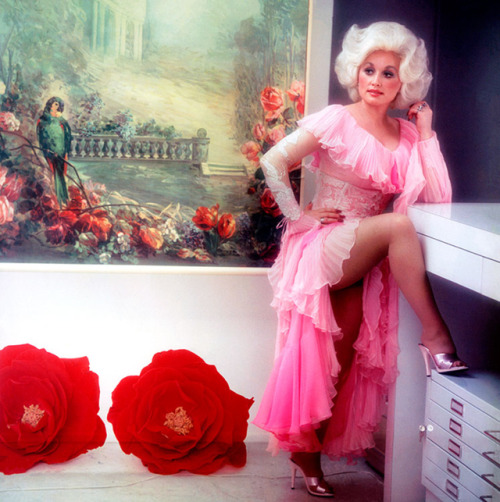
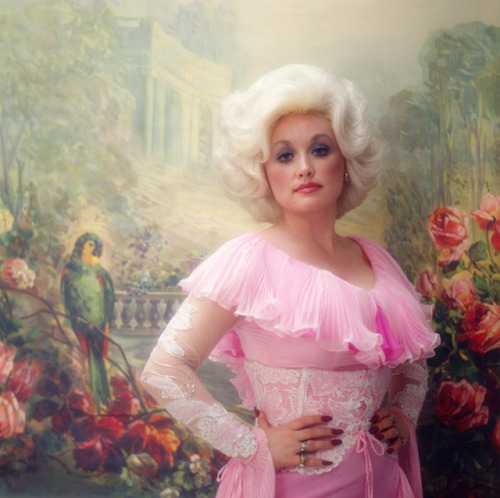
Dolly Parton cover session for her album "Heartbreaker" on February 15, 1978 in Los Angeles, California.
(Photos by Ed Caraeff)
May Dolly Parton be blessed by all the gods, old and new.
365 Days of UNF: Day 42

Sears Catalog Kit Homes
From Vintage Everyday:
Sears Catalog Homes (sold under the Sears Modern Homes name) were catalog and kit houses sold primarily through mail order by Sears, Roebuck and Company, an American retailer. Sears reported that more than 70,000 of these homes were sold in North America between 1908 and 1940. More than 370 different home designs in a wide range of architectural styles and sizes were offered over the program's 33-year history.
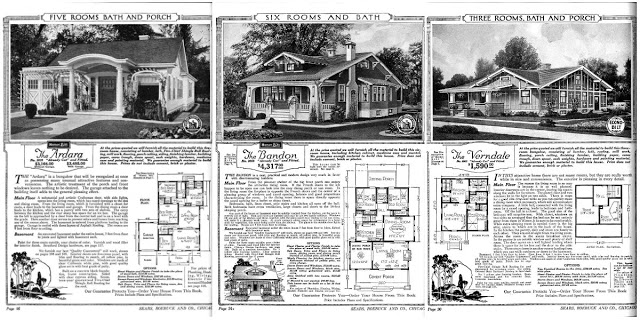
Sears homes can be found across the continental United States. While sold primarily to East Coast and Midwest states, Sears homes have been located as far south as Florida and as far west as California. Examples have also been found in Alaska. A handful of Sears homes have been identified in Canada.
Sears Modern Homes offered the latest technology available to house buyers in the early part of the twentieth century. Central heating, indoor plumbing, and electricity were all new developments in house design that "Modern Homes" incorporated, although not all of the houses were designed with these conveniences. Primarily shipped via railroad boxcars, these kits included most of the materials needed to build a house. Once delivered, many of these houses were assembled by the new homeowner, relatives, friends and neighbors, in a fashion similar to the traditional barn-raisings of farming families. Other homeowners relied on local carpenters or contractors to assemble the houses. In some cases, Sears provided construction services to assemble the homes. Some builders and companies purchased homes directly from Sears to build as model homes, speculative homes or homes for customers or employees.
Sears discontinued its Modern Homes catalog after 1940. A few years later, all sales records were destroyed during a corporate house cleaning. As only a small percentage of these homes were documented when built, finding these houses today often requires detailed research to properly identify them. Because the various kit home companies often copied plan elements or designs from each other, there are a number of catalog and kit models from different manufacturers that look similar or identical to models offered by Sears. Determining which company manufactured a particular catalog and kit home may require additional research to determine the origin of that home. National and regional competitors in the catalog and kit home market included Aladdin, Bennett, Gordon-Van Tine, Harris Brothers, Lewis, Pacific Ready Cut Homes, Sterling and Montgomery Ward (Wardway) Homes.
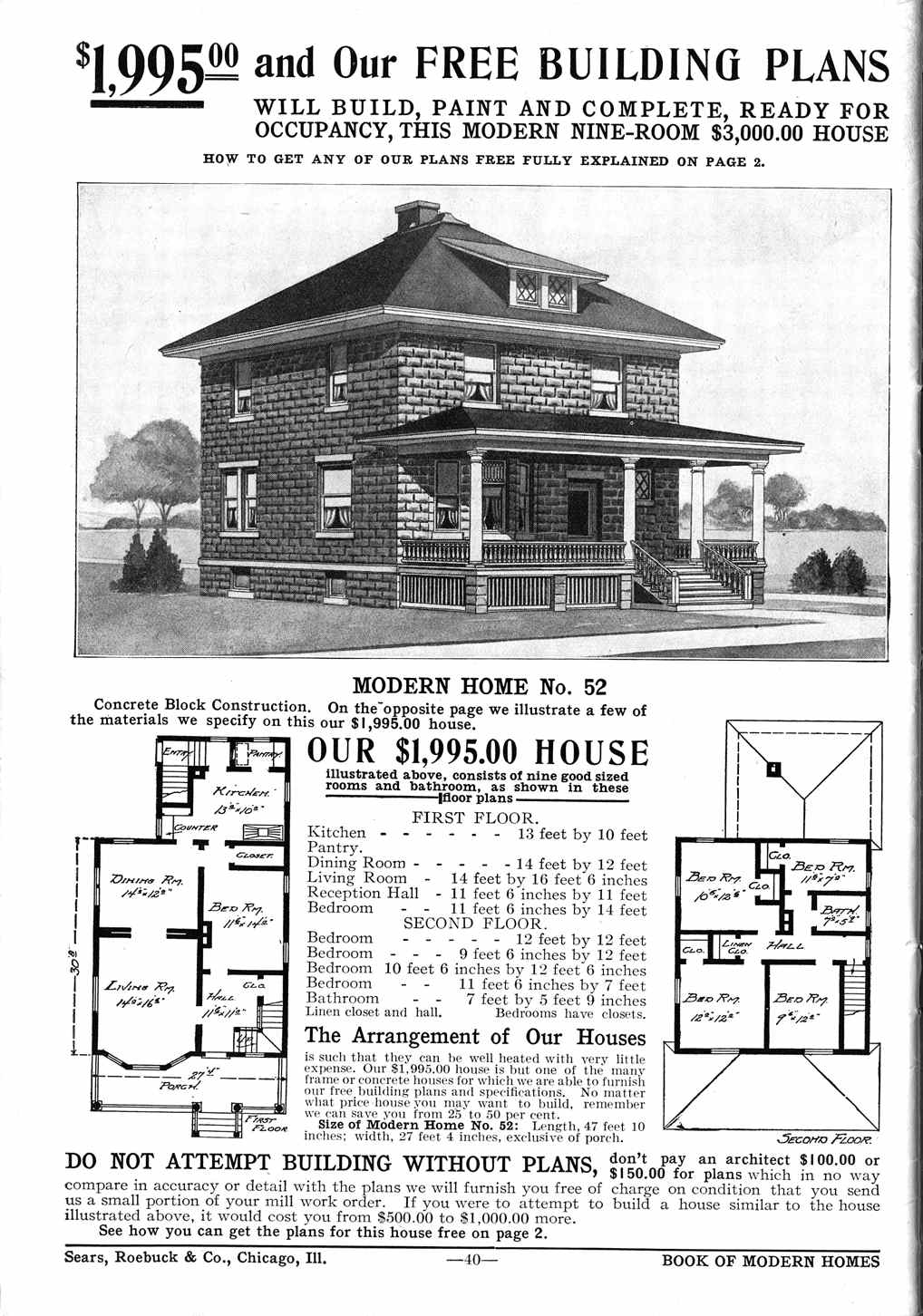
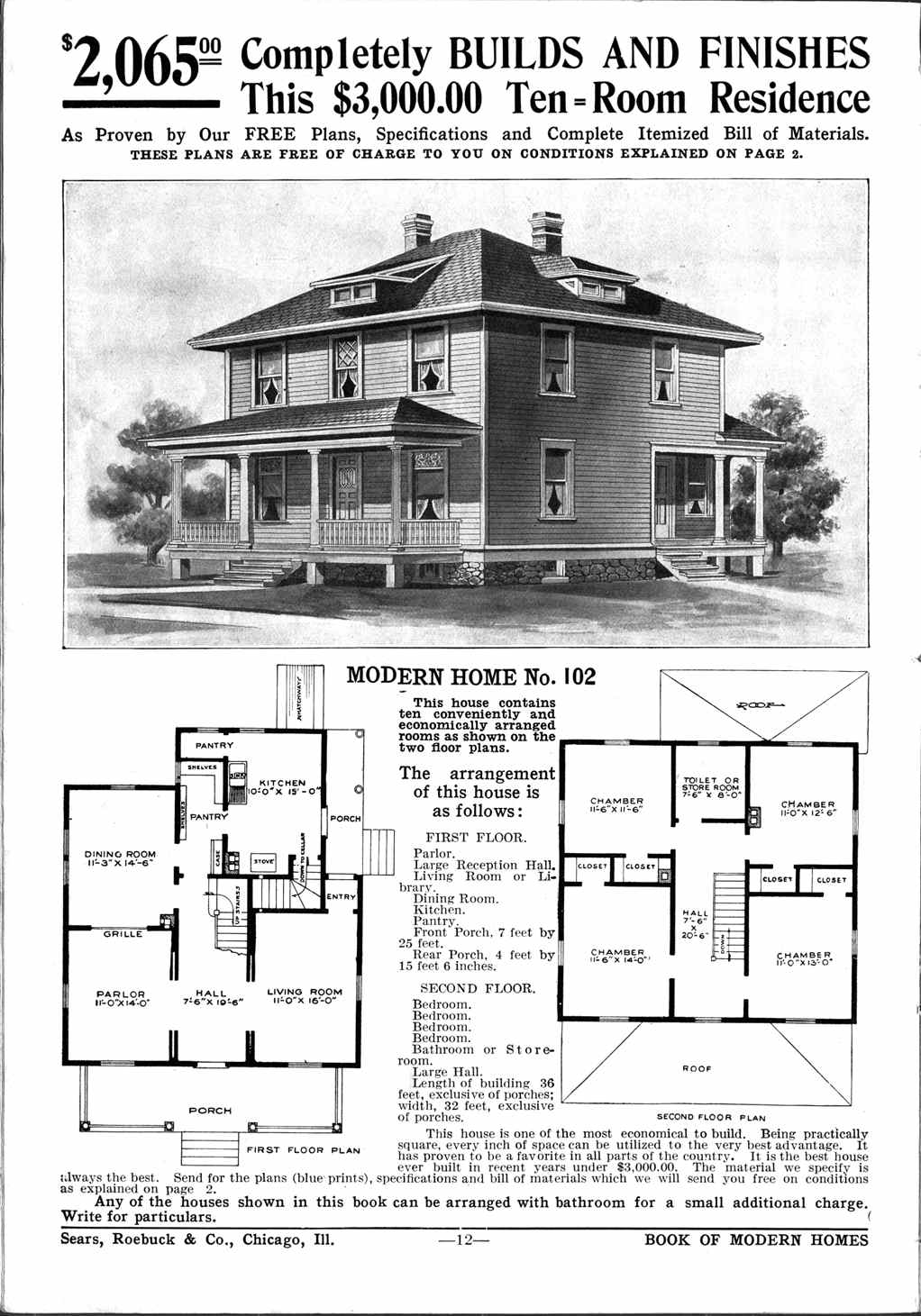
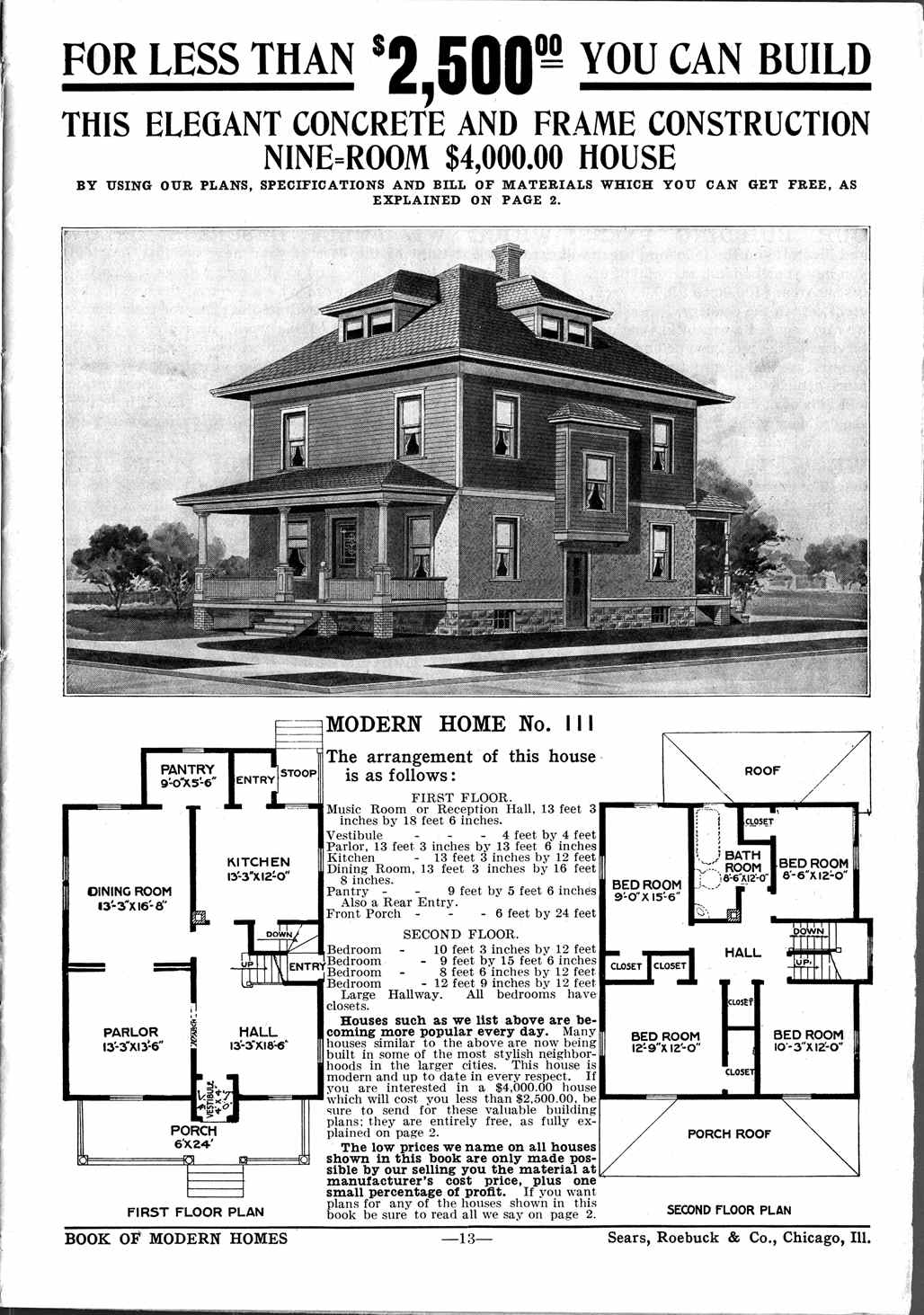
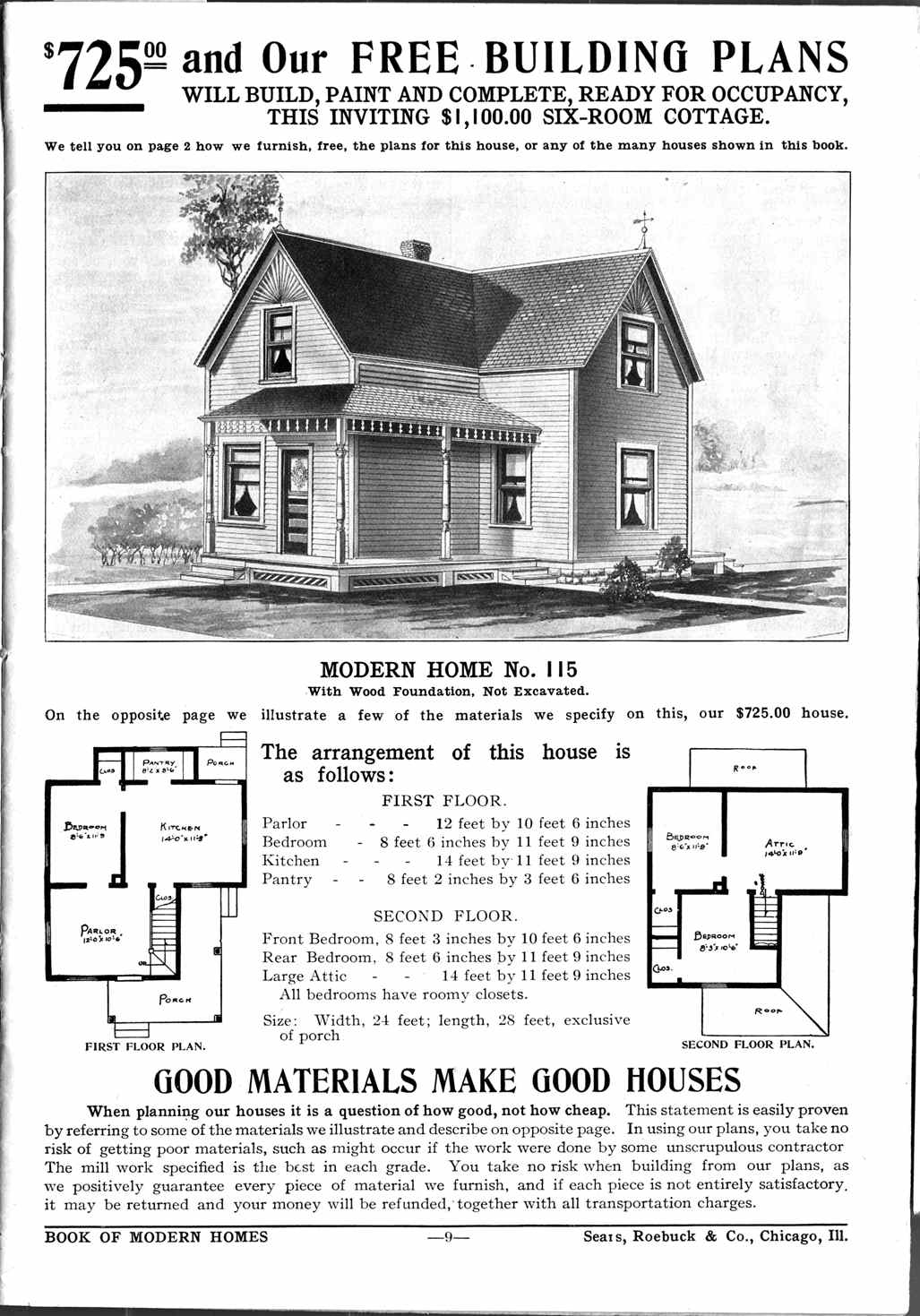
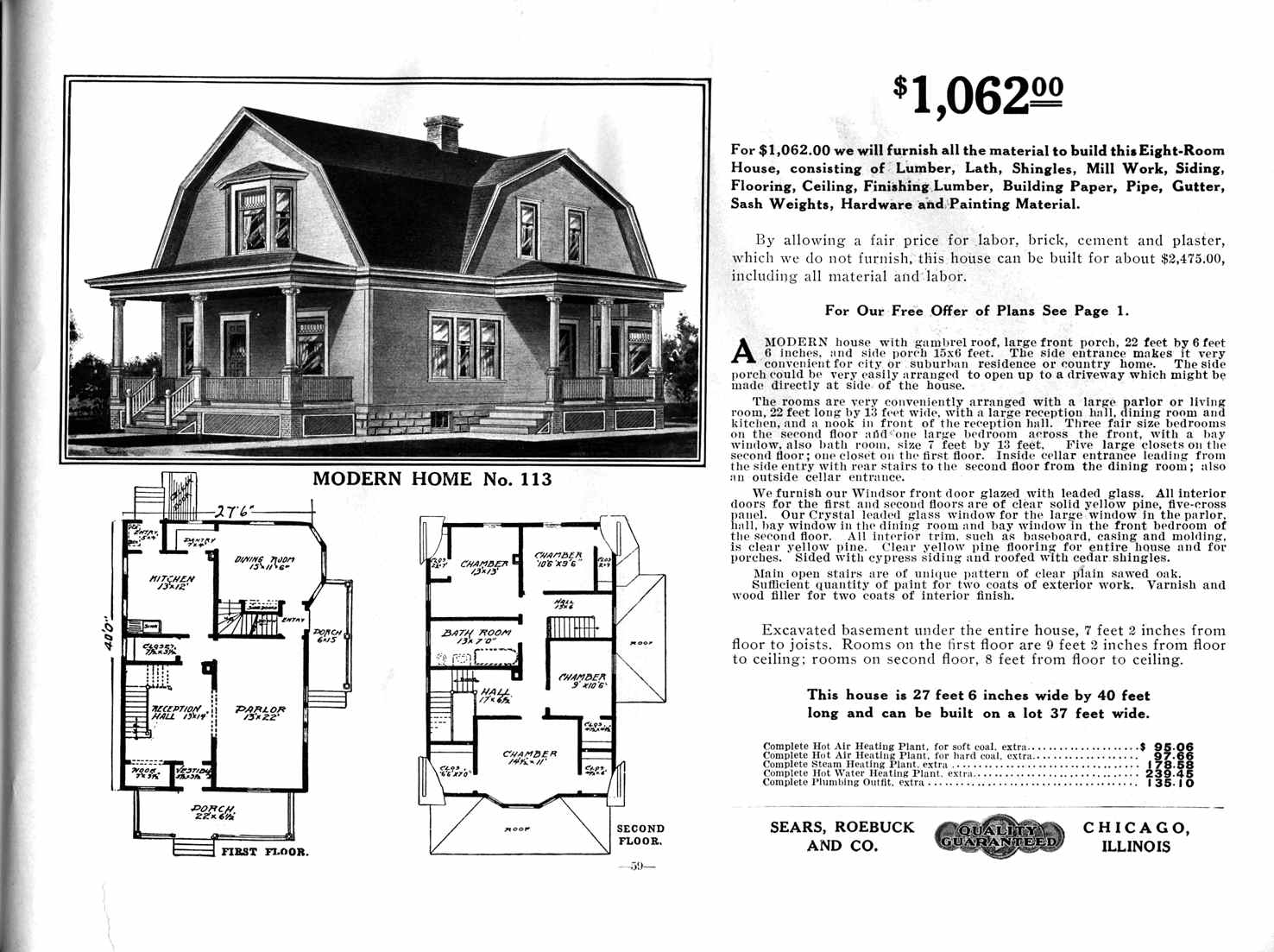
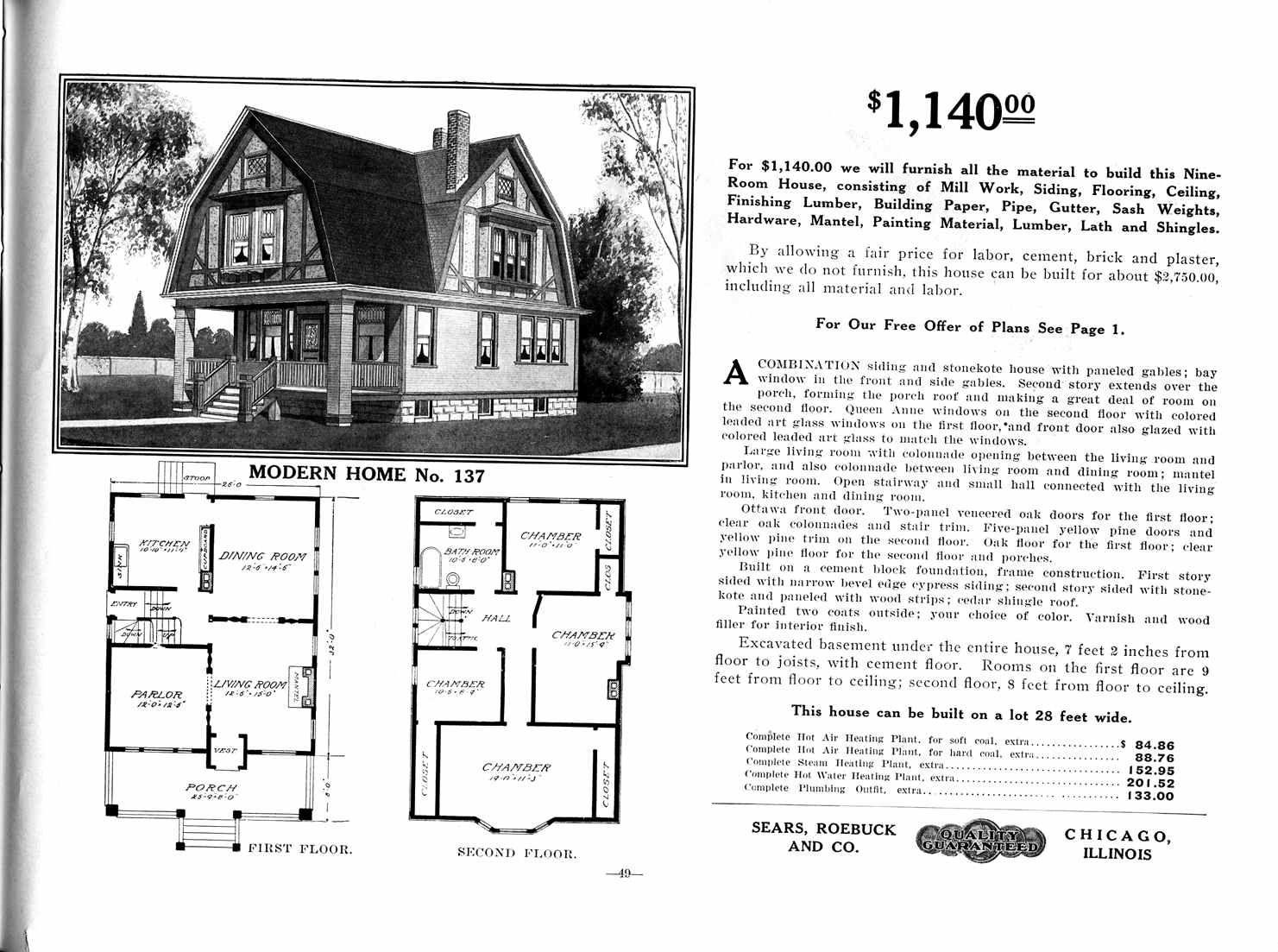

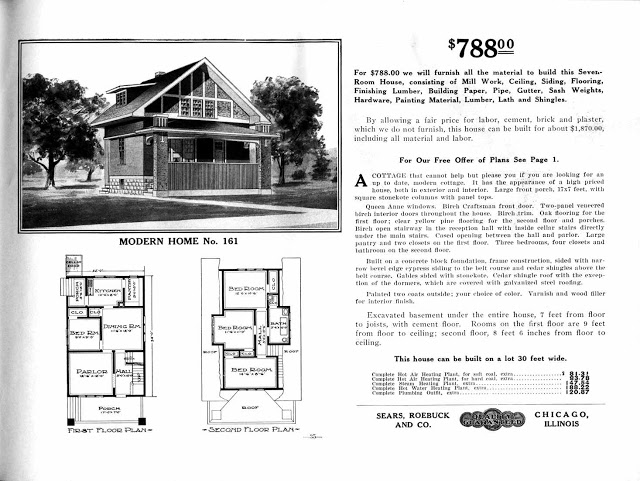
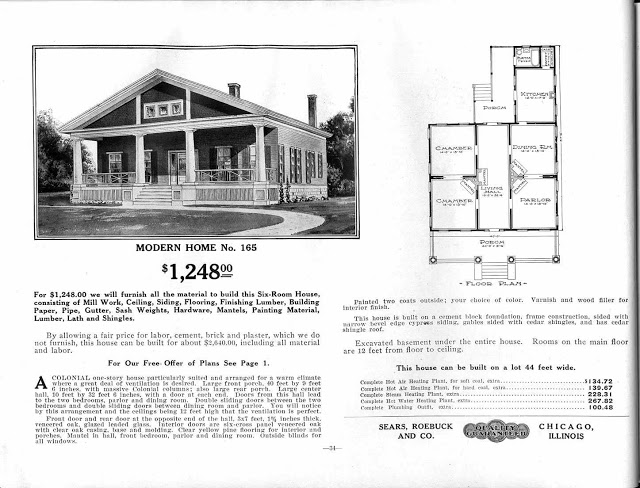
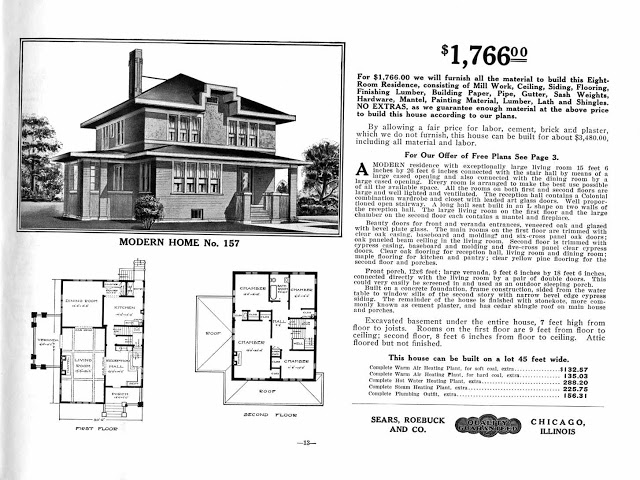
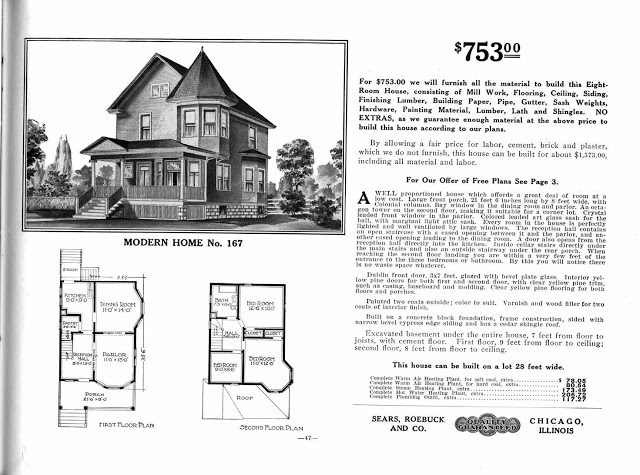
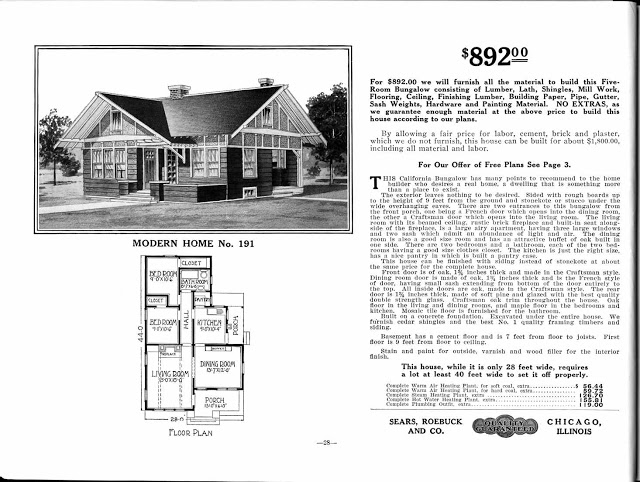
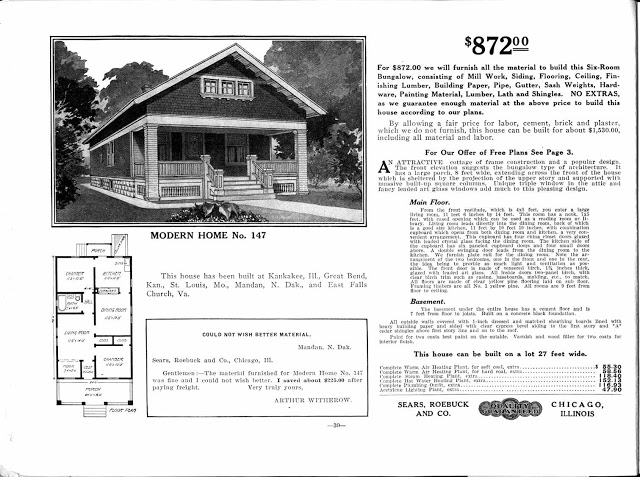
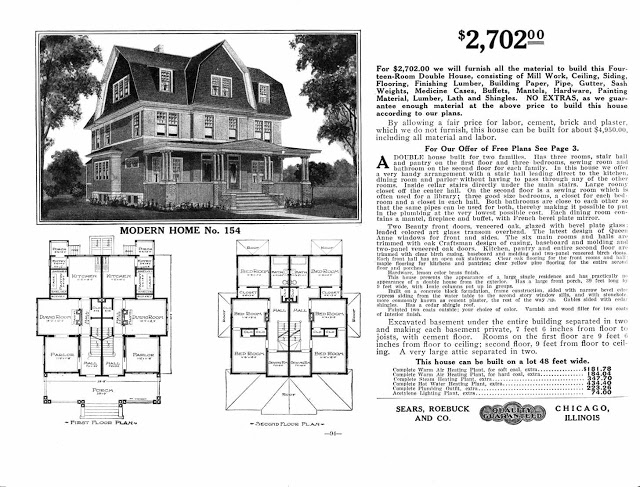
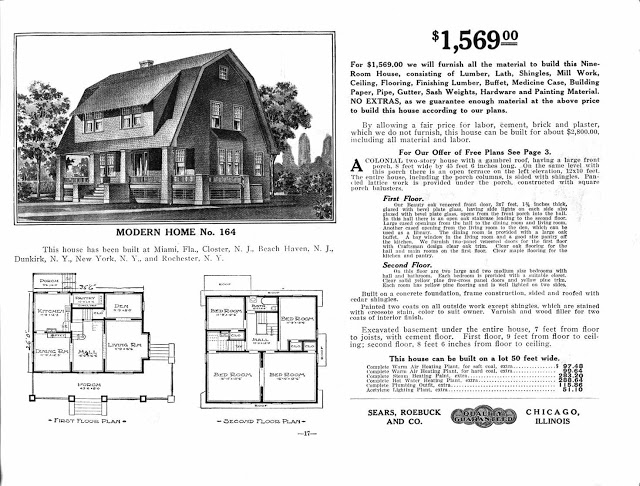
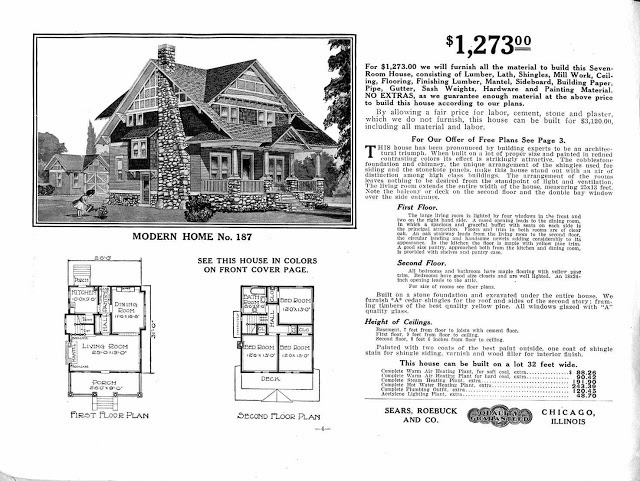
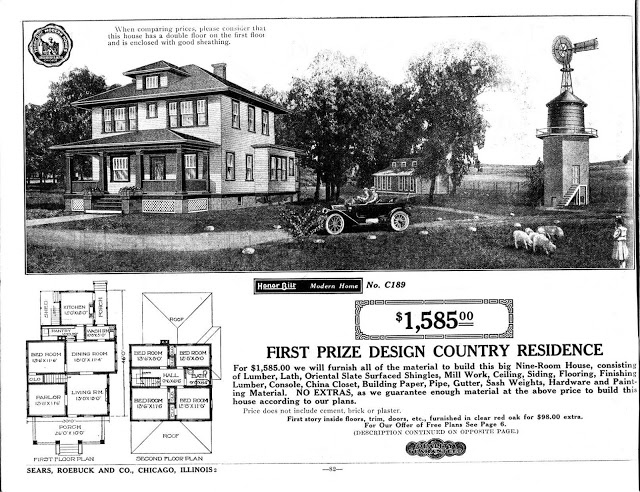
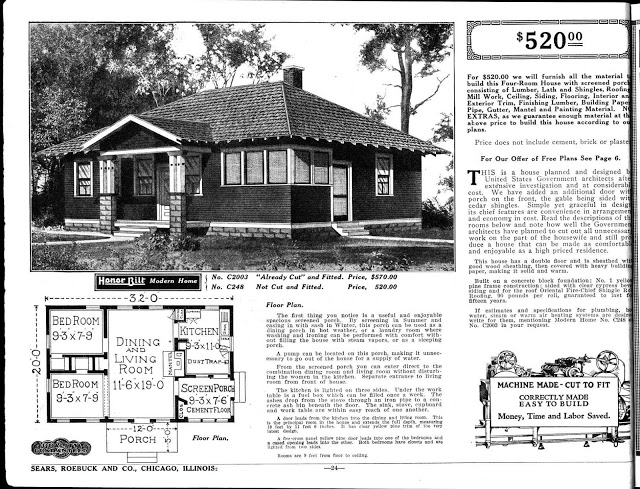
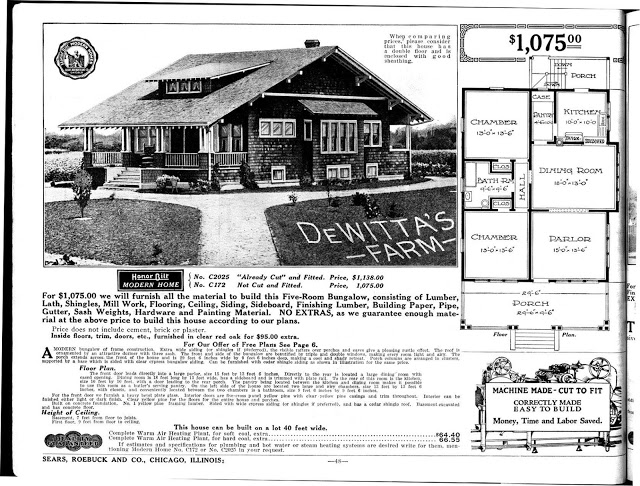
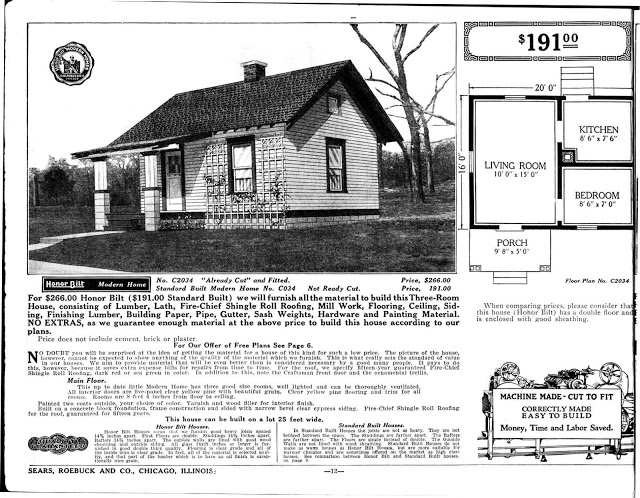
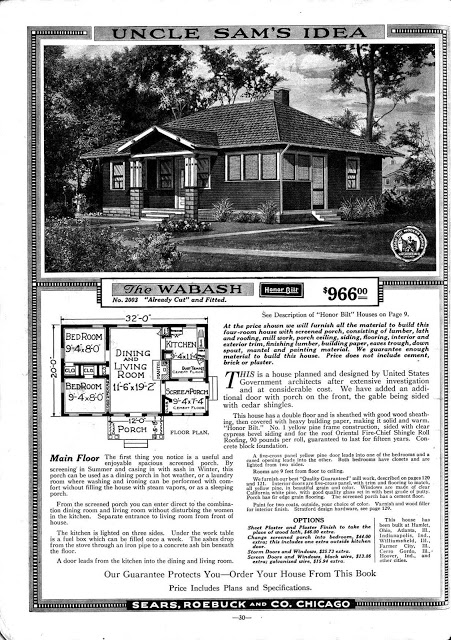
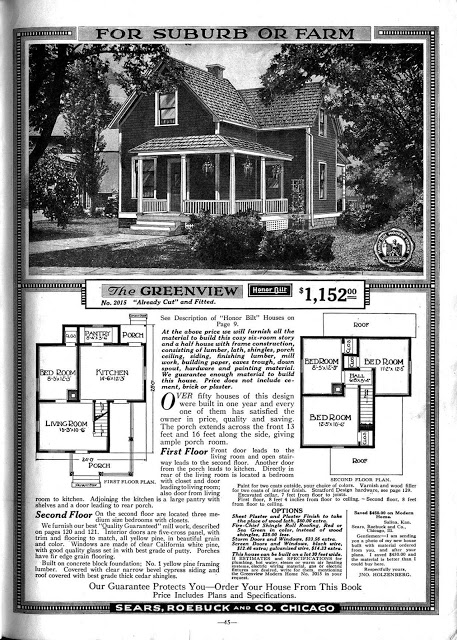
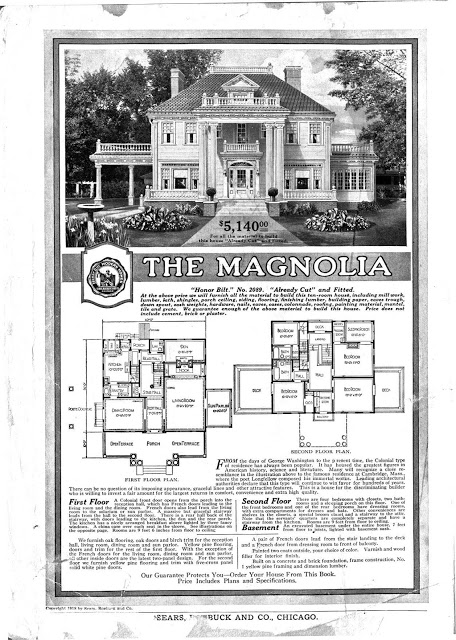

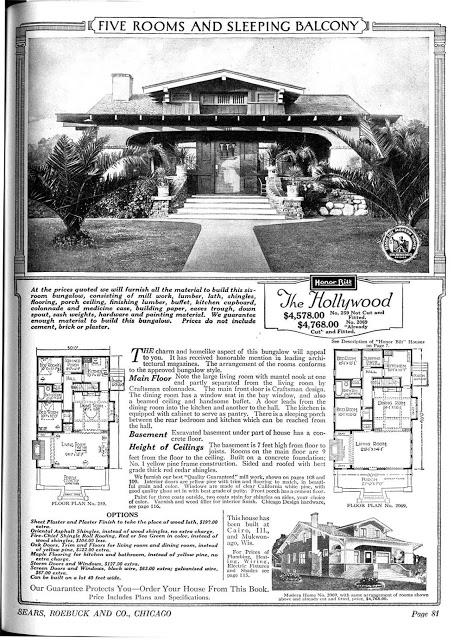
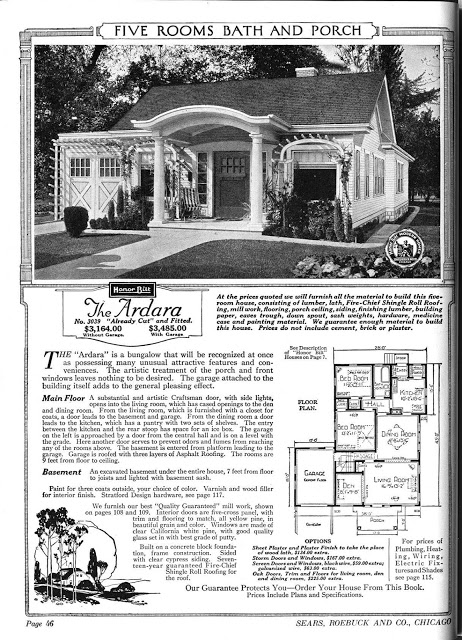
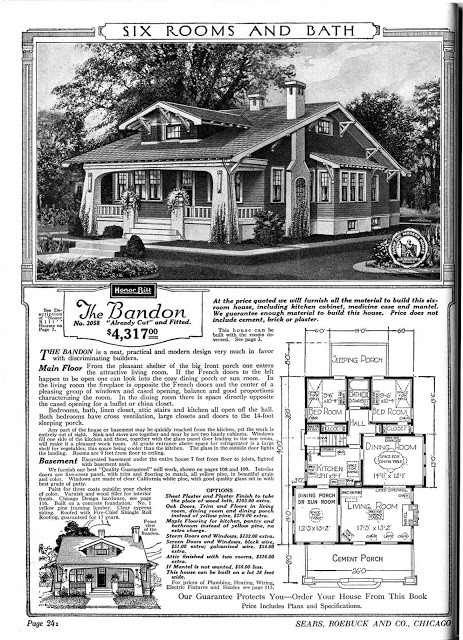
I'm Going to Hell

"Granny, that's way too much arsenic."
"I'm not taking any chances, dear."
Shower Thoughts
We refer to guns as arms, and we refer to arms as guns.
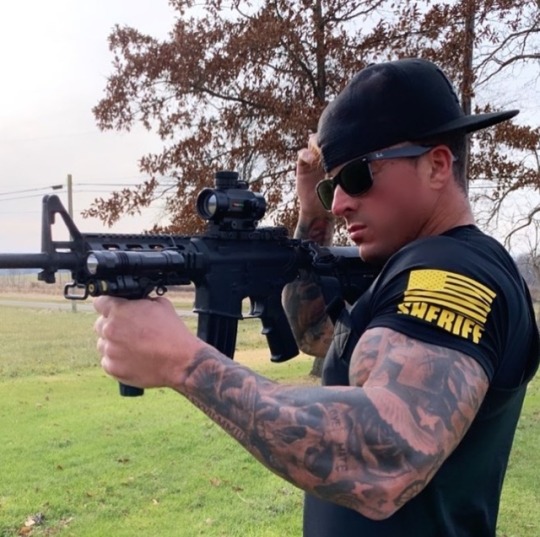
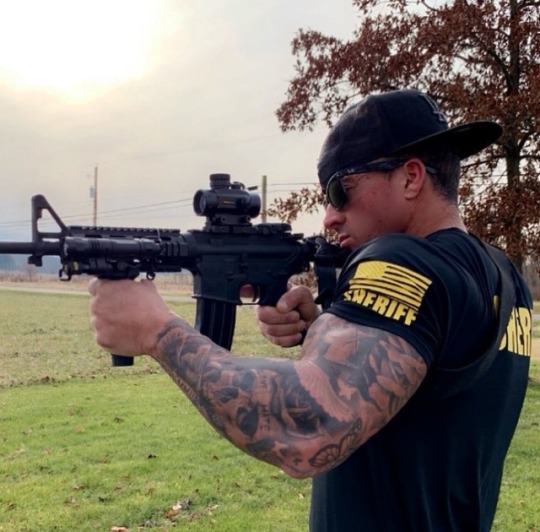
365 Days of UNF: Day 41 (NSFW)


